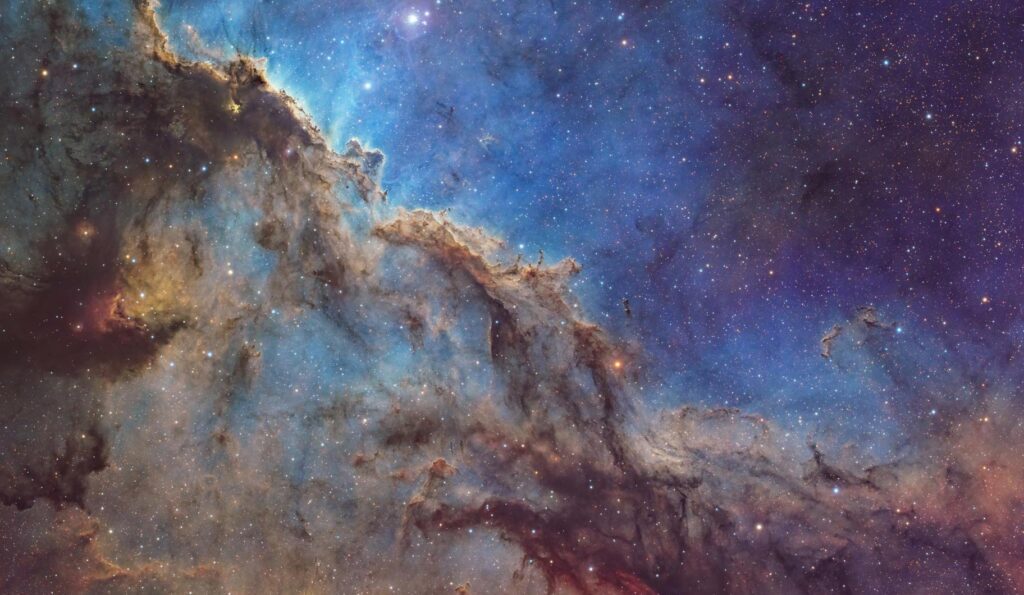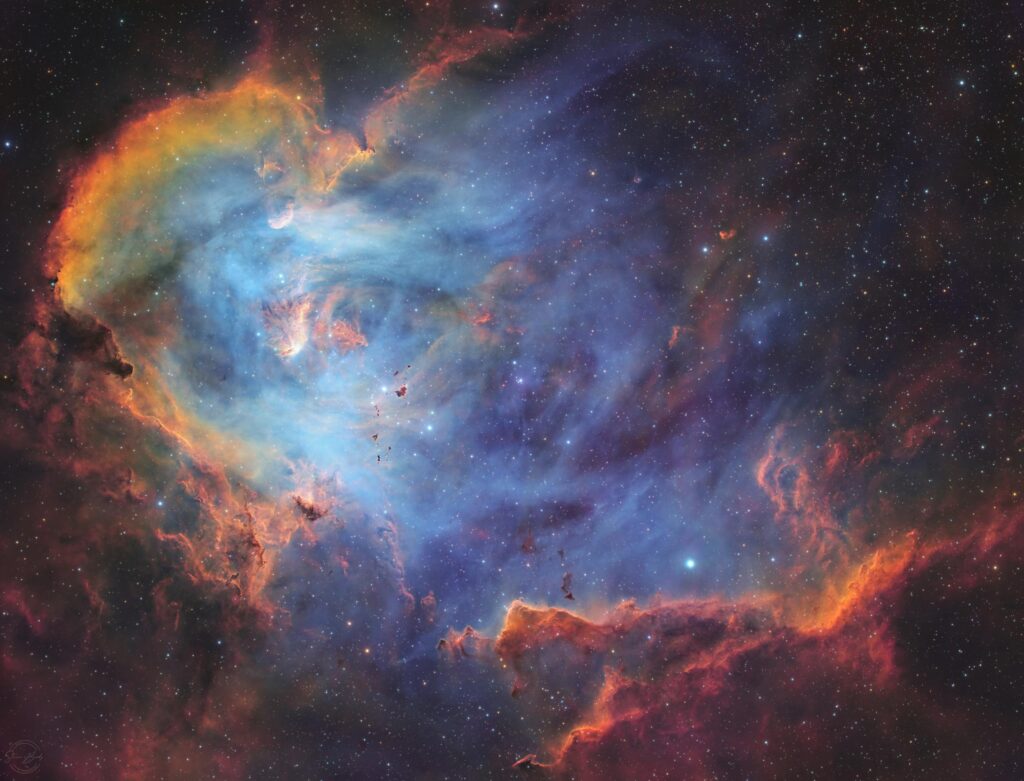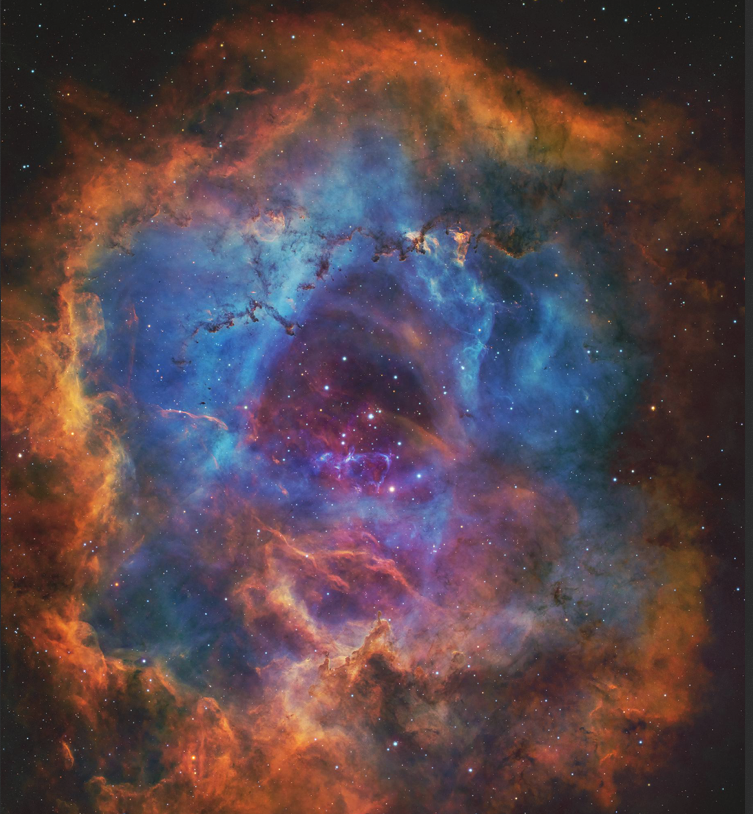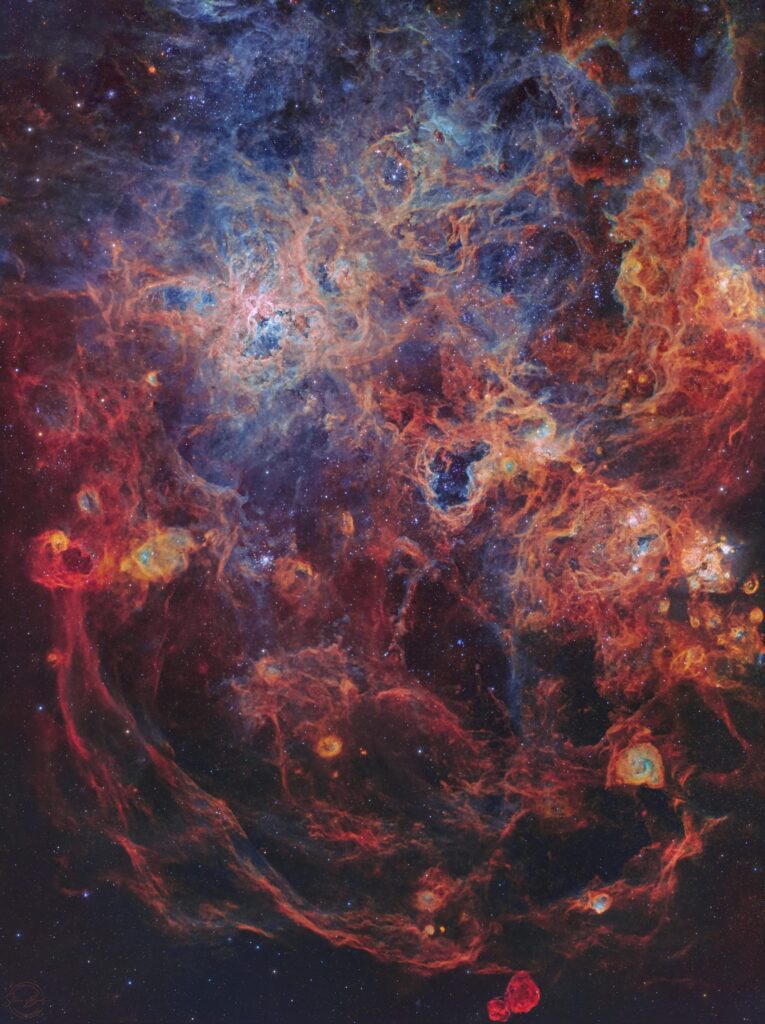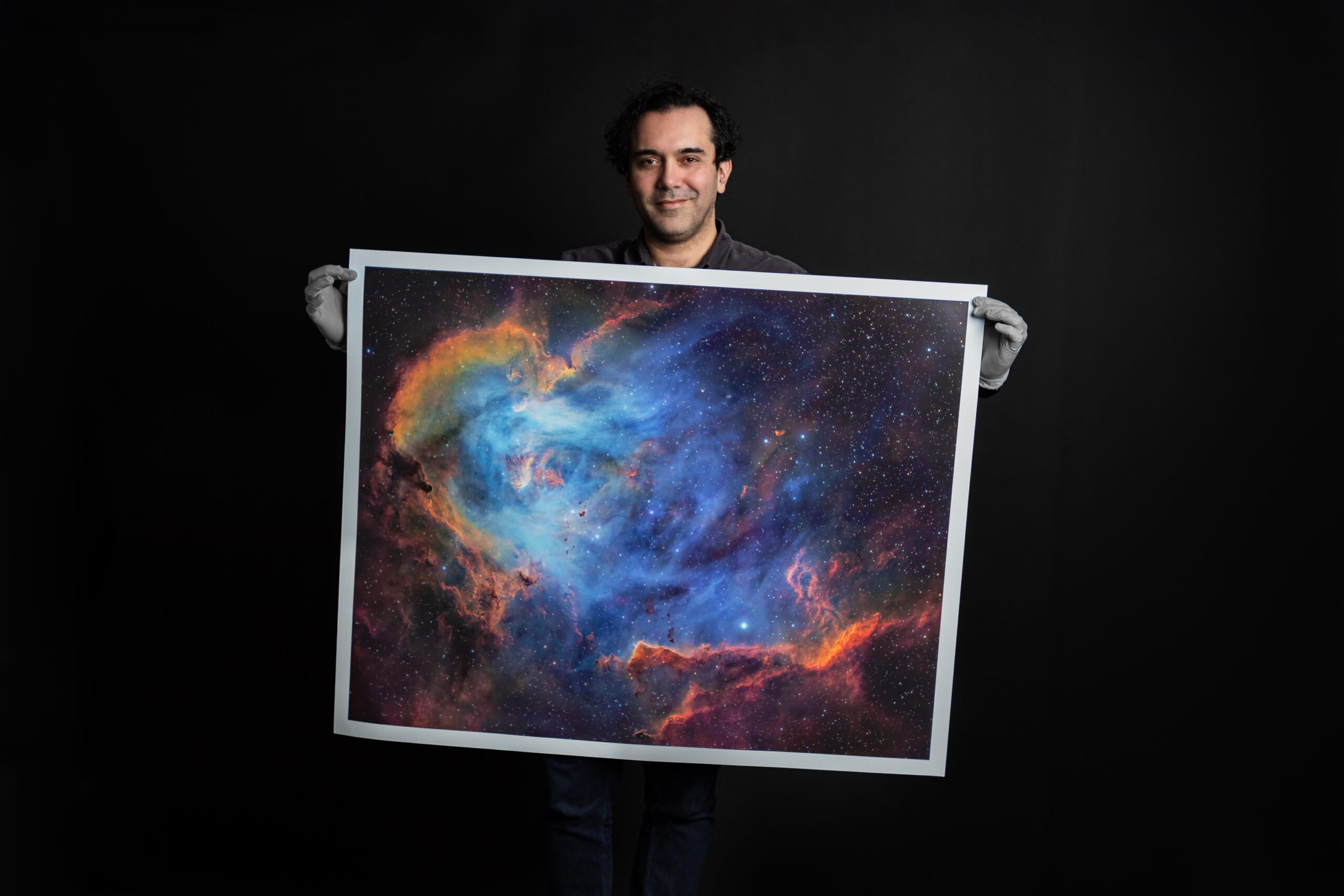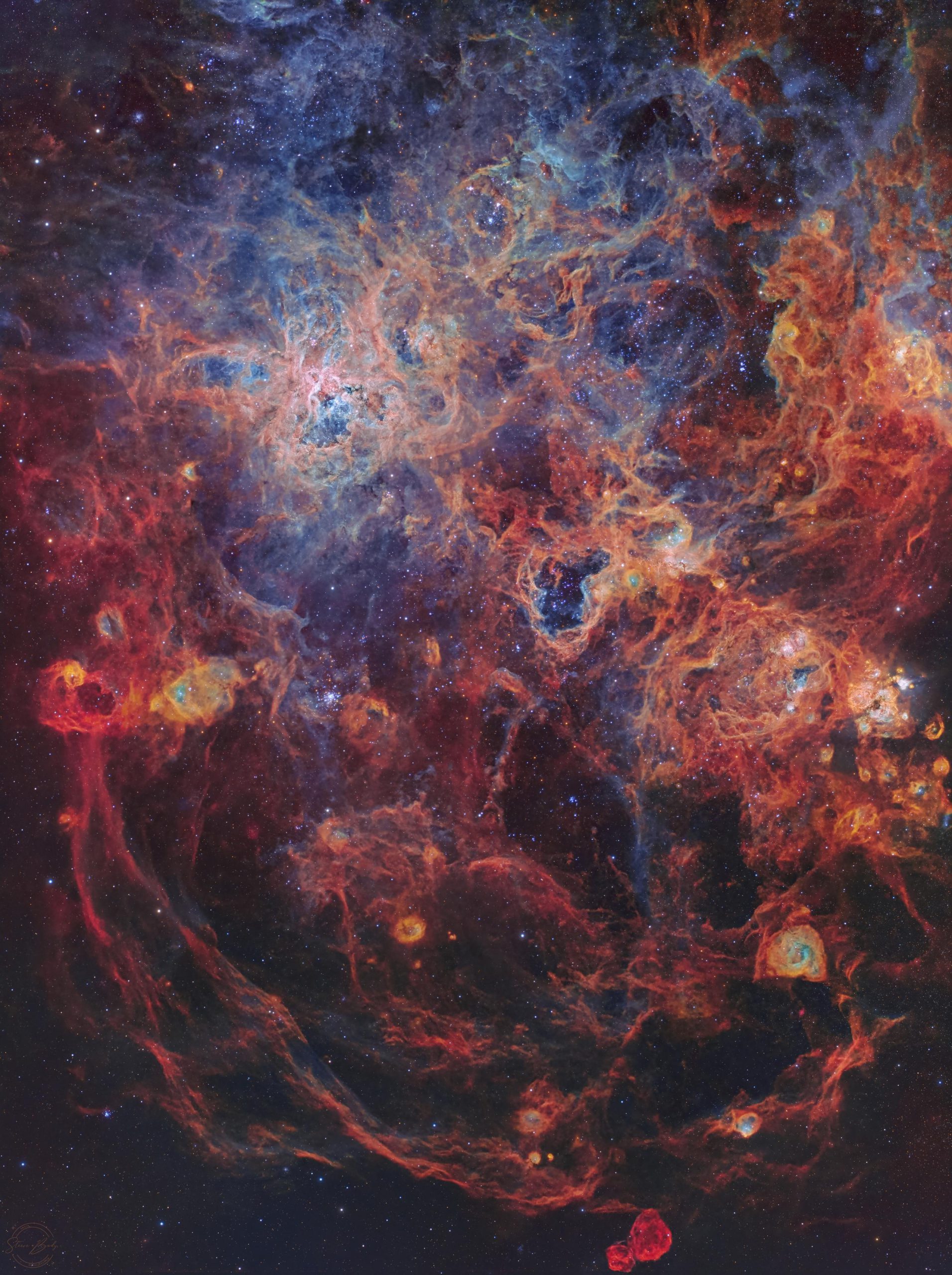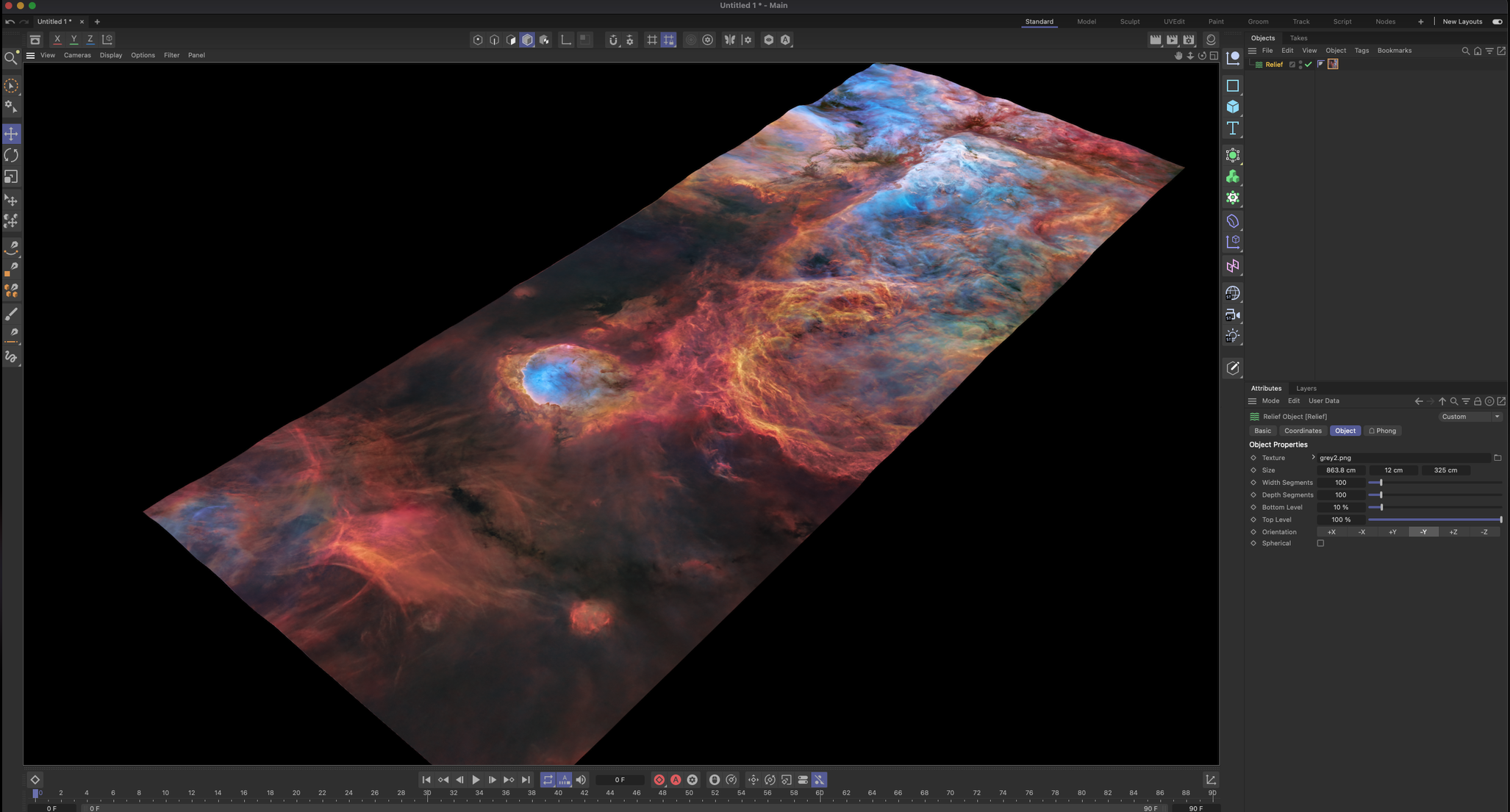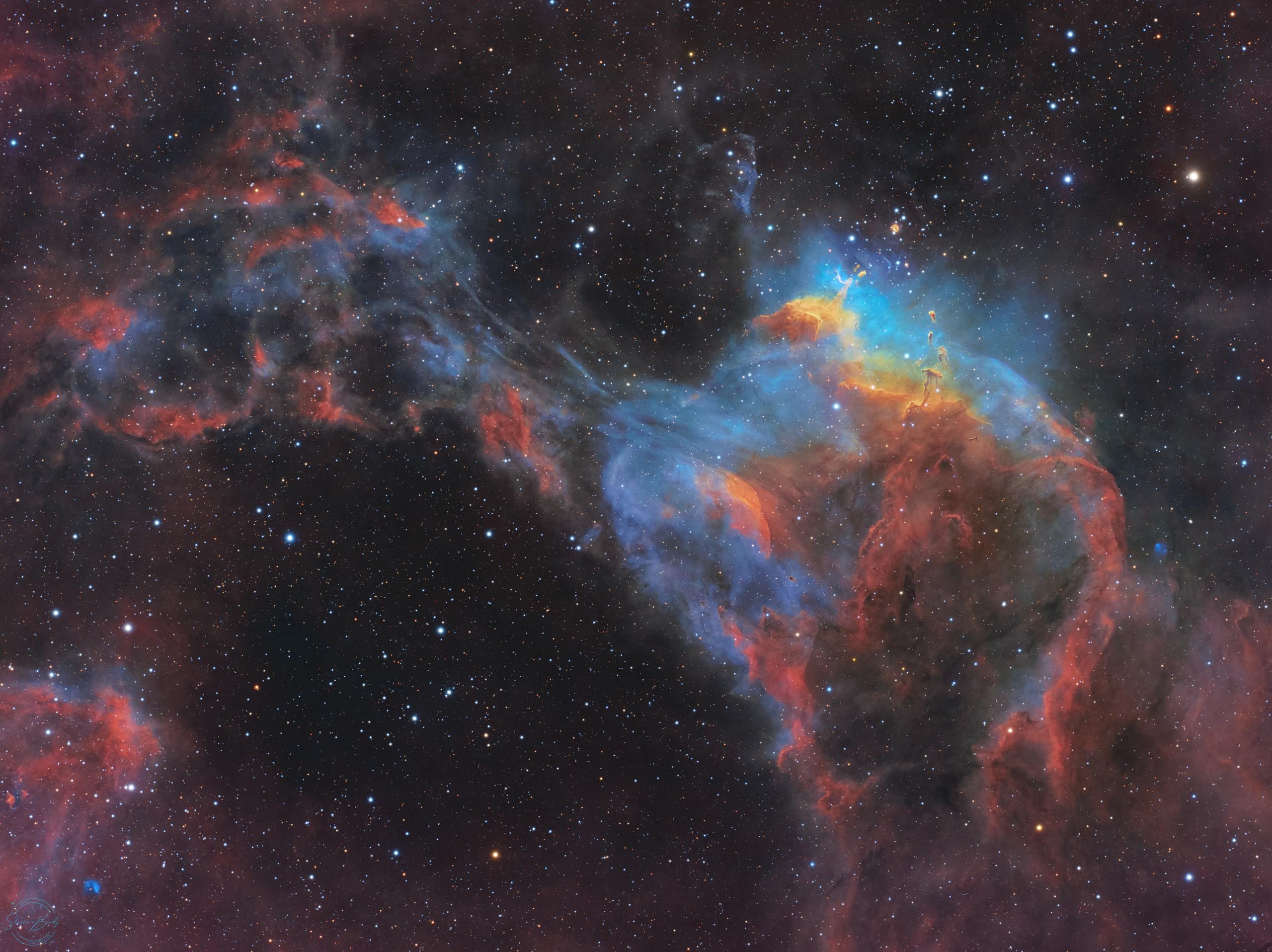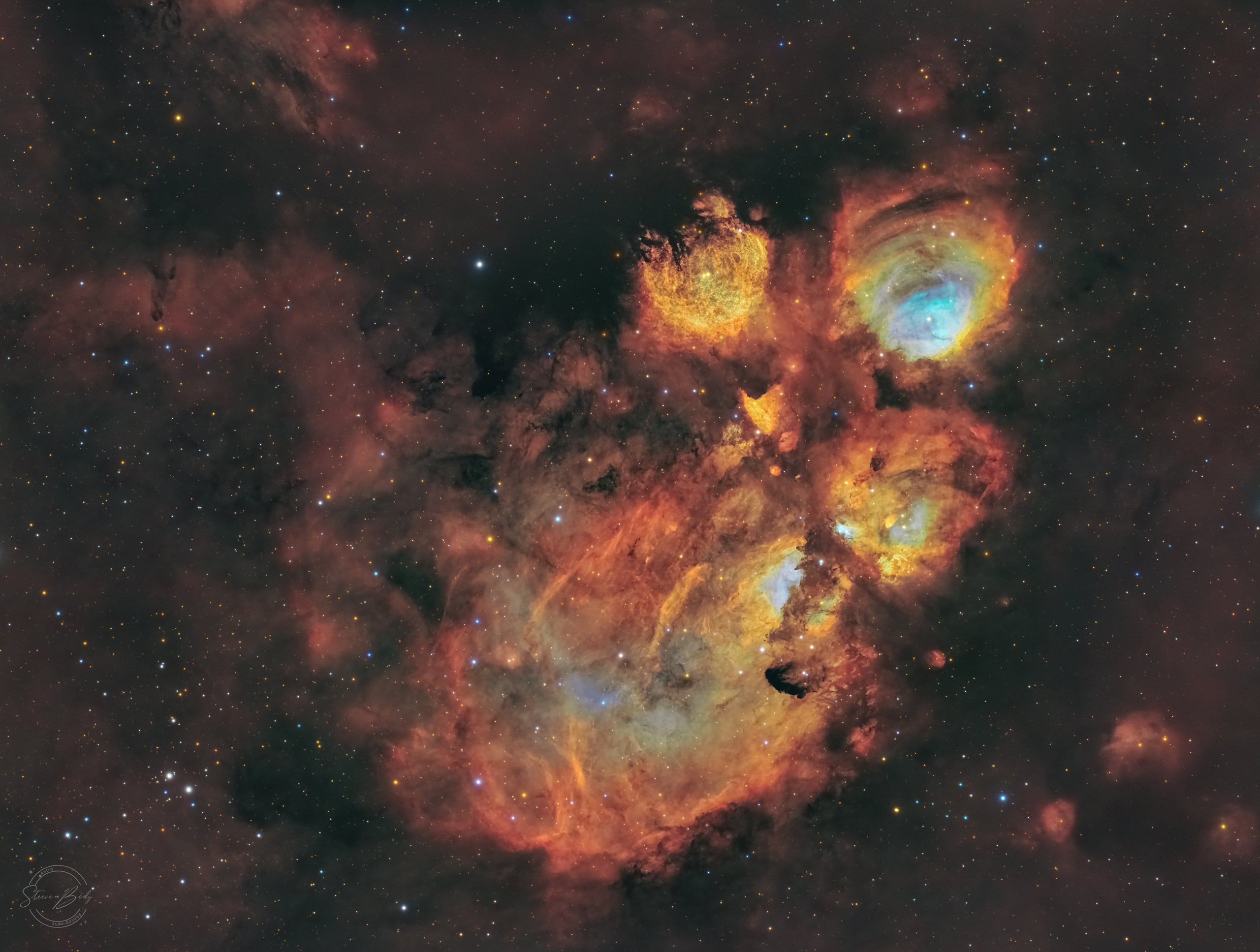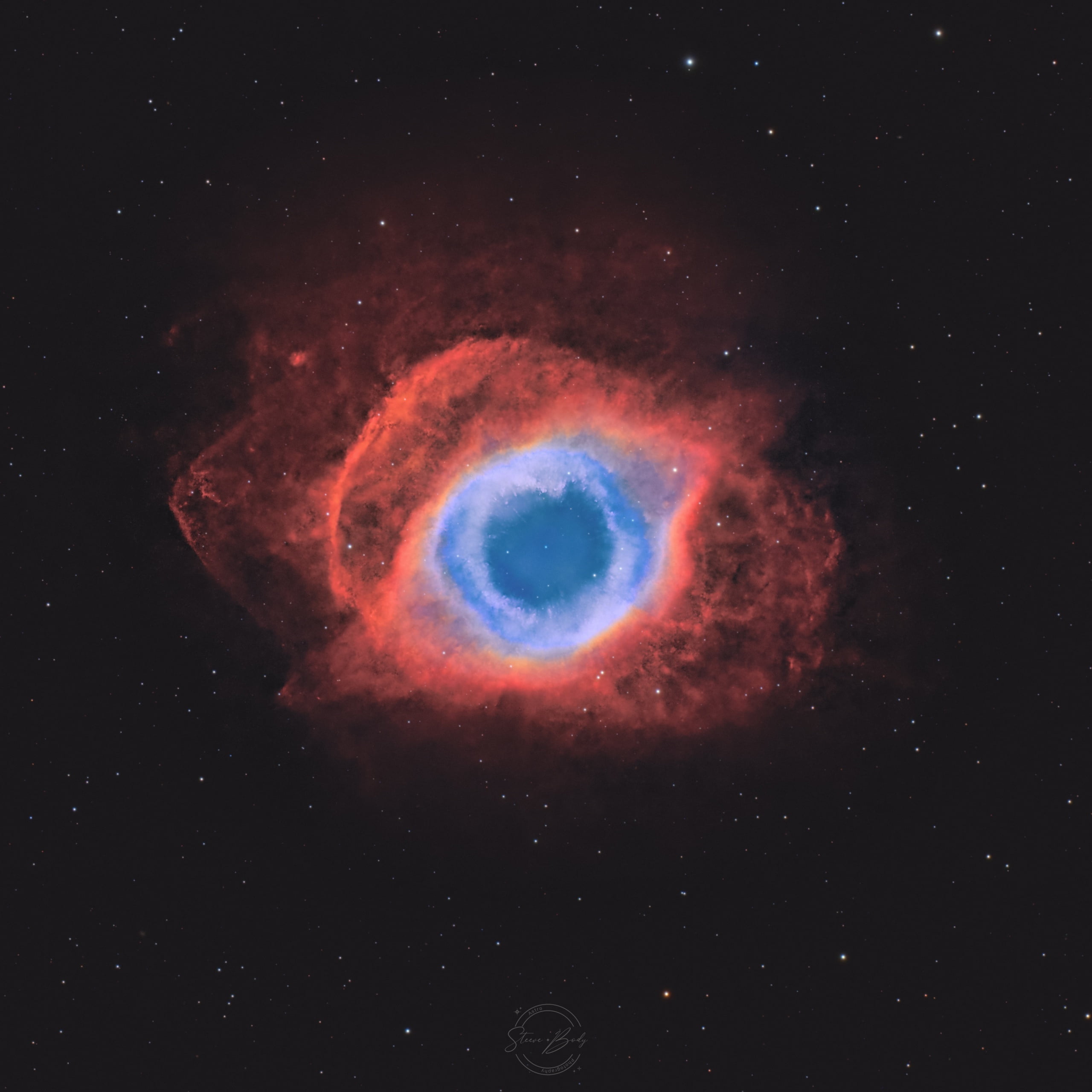Filter
I offer both Limited and Standard editions of my prints, alongside desktop and mobile wallpapers of my imagery. My Limited editions are available in limited quantities and comes numbered, signed, and accompanied by a distinctive digital token known as an NFT that you can view here.
Opt for the Limited edition, and enjoy a 50% discount on your next Standard edition purchase for a limited time! The Limited editions also comes with other exclusive perks. Check the table below to see the differences between the Limited and Standard editions.
Limited Edition vs Standard Edition
|
Feature |
Limited Edition |
Standard Edition |
|
Signature |
Hand-Signed by the Artist |
None |
|
Certificate of Authenticity (COA) |
Yes, with QR code linking to NFT |
None |
|
NFT (Non-Fungible Token) |
Included |
Not Available |
|
Edition Number |
Numbered & Limited |
Not Numbered (Open Print) |
|
Additional Content |
Full astronomical analysis & artist’s notes |
None |
|
Size Variation |
A2, A1, A0 |
A2 and A1 only |
|
Discounts on Future Purchases |
50% discount code on a standard edition print |
None |
|
Digital Extras |
4K digital wallpapers & phone wallpaper Bundle |
None |
|
Personalisation |
Personalised message/note option available |
None |
I’m working in collaboration with a renowned Melbourne printer, every image I offer is put through an exhaustive test printing process to ensure perfection.
The chosen archival paper is meticulously selected to amplify the details and colours, making every nebula, star cluster, or galaxy come alive. With cutting-edge printing technology, every nuance of astrophotography is preserved. Care is embedded in the packing and shipping process, ensuring your piece of the cosmos reaches you in impeccable condition worldwide.
Thank you for your unwavering support. Whether you’re captivated by the Limited Edition’s or the Standard Edition Prints, the proceeds go directly into countless hours of observation, expeditions to the most secluded dark skies, and the top-tier equipment required to document these images.
For those seeking custom orders—be it showpieces for corporate environments, government buildings, or private collections—please know your enquiries are most welcome.
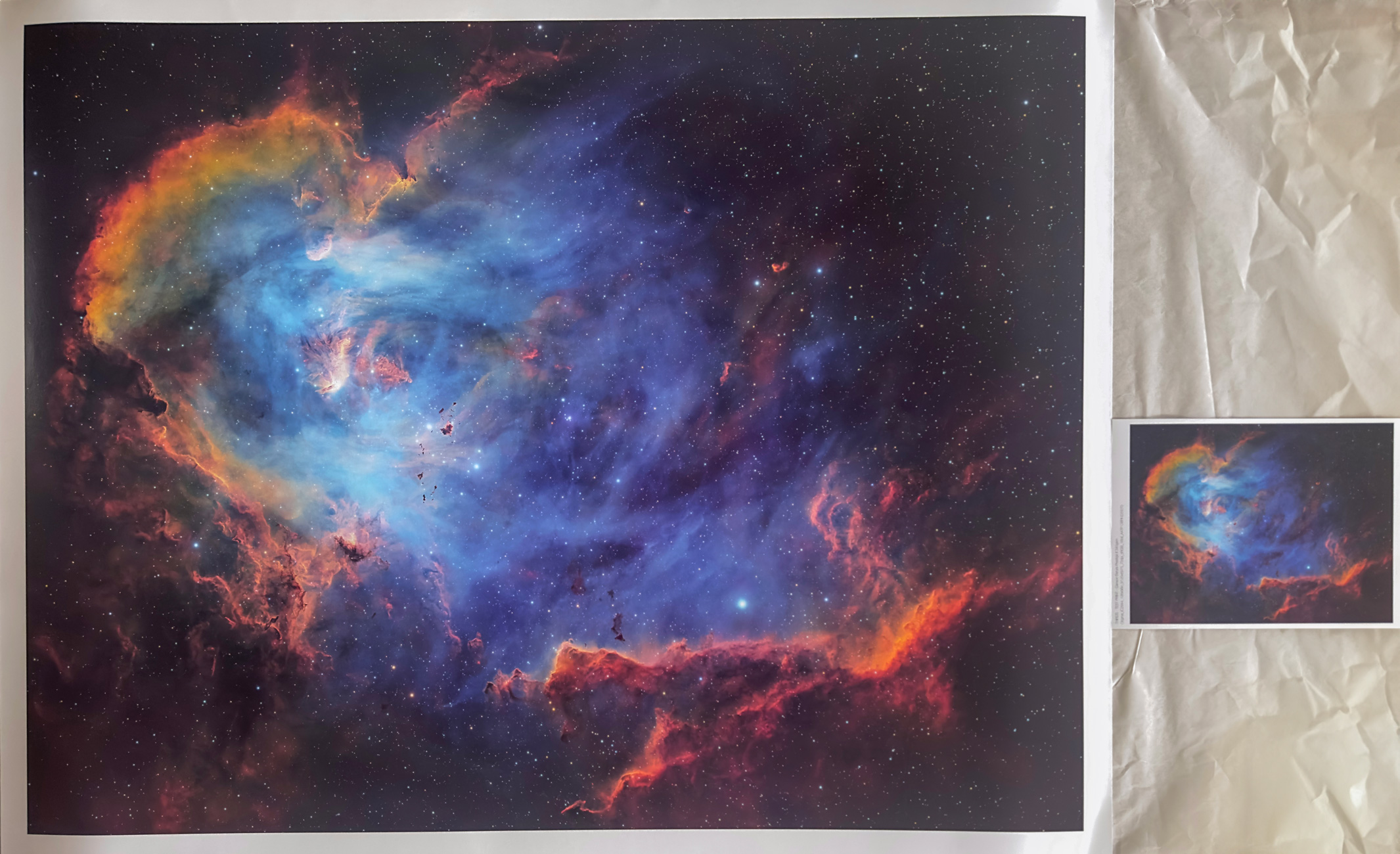
A0 Vs A4 (Actual photo of the print themselves)

Limited Edition Certificate of Authenticity with NFT
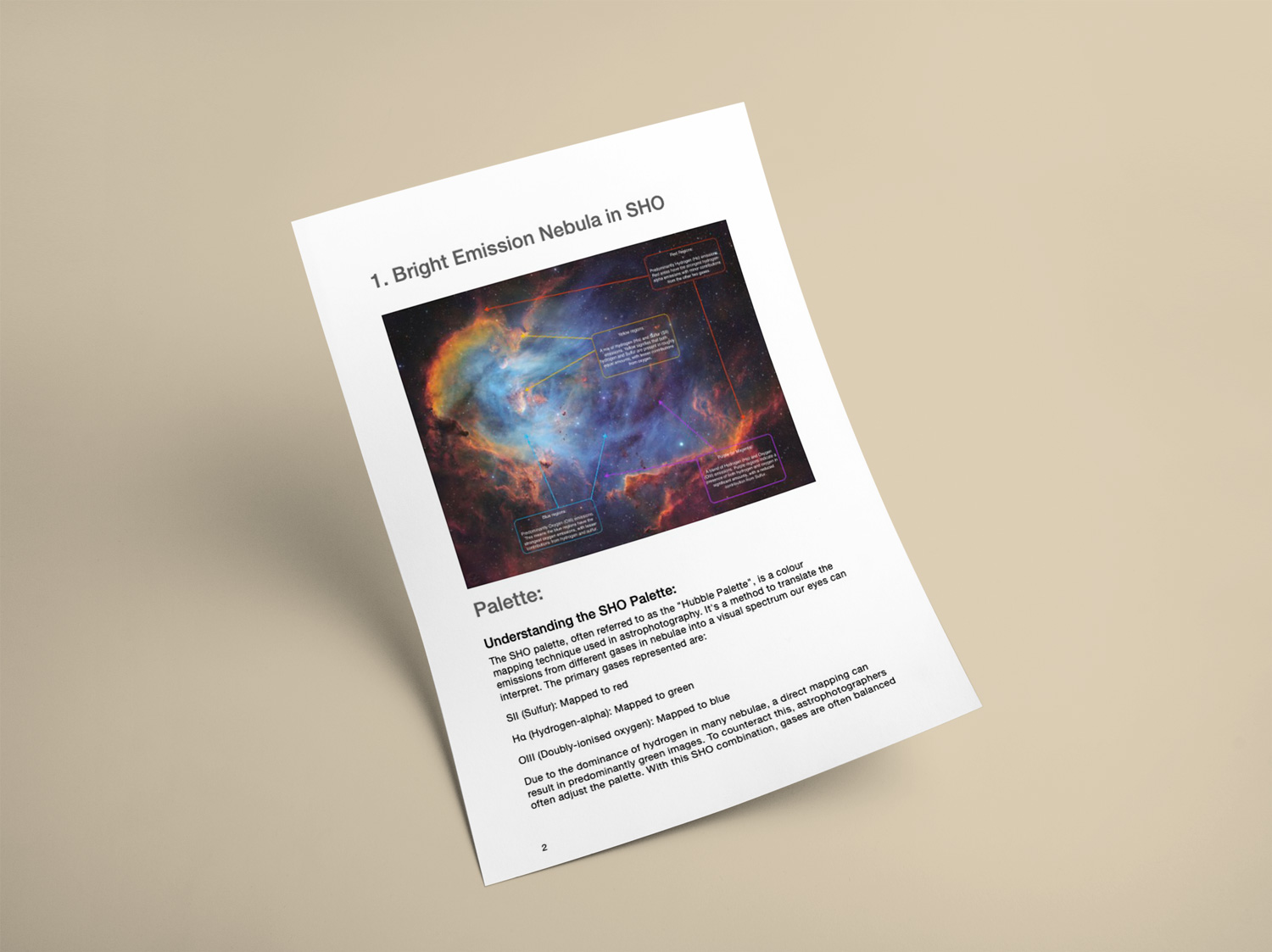
Limited Edition Multipage Astronomical Analysis
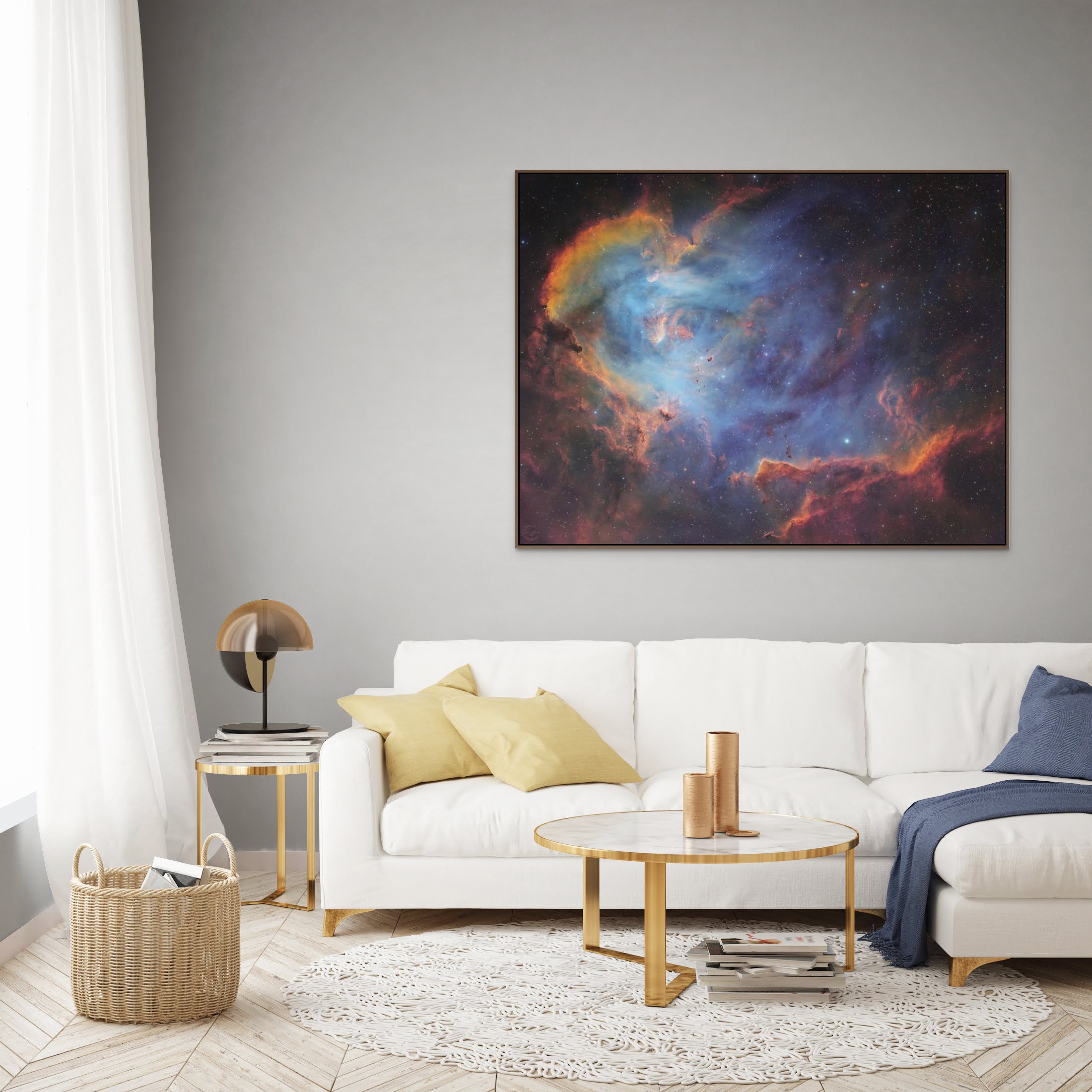
Custom 60 x 40 HD Metal Print
An Astrophotography Story
From Fascination to Realisation
Ever since I was a child, I’ve been captivated by the mysteries of space, astronomy, and the night sky. Gazing at the stars and reading about planets, nebulae, and galaxies filled me with wonder and curiosity. My dream was to become an astronomer.
After graduating from high school, I pursued my passion for astronomy by enrolling in a BA in Physics at the University of Reunion Island. However, as a creative person at heart, I found the complexity of the subject matter and lack of artistic expression overwhelming. I struggled to find the motivation to continue down this path for the next decade.
Eventually, I decided to put my dream on hold and pursue my other passion: music. But my love for astronomy never faded. Decades later, I discovered astrophotography and it reignited my passion for the stars. Capturing beautiful images of distant objects challenges me both technically and creatively, and I am grateful for the opportunity to reconcile my past dreams with my present reality.
Based in Melbourne, the real adventure commences once I leave the city’s outskirts. An hours-long drive away, some of the darkest skies in the world await, untouched by light pollution. Here, I feel as if I have my own window to the cosmos.
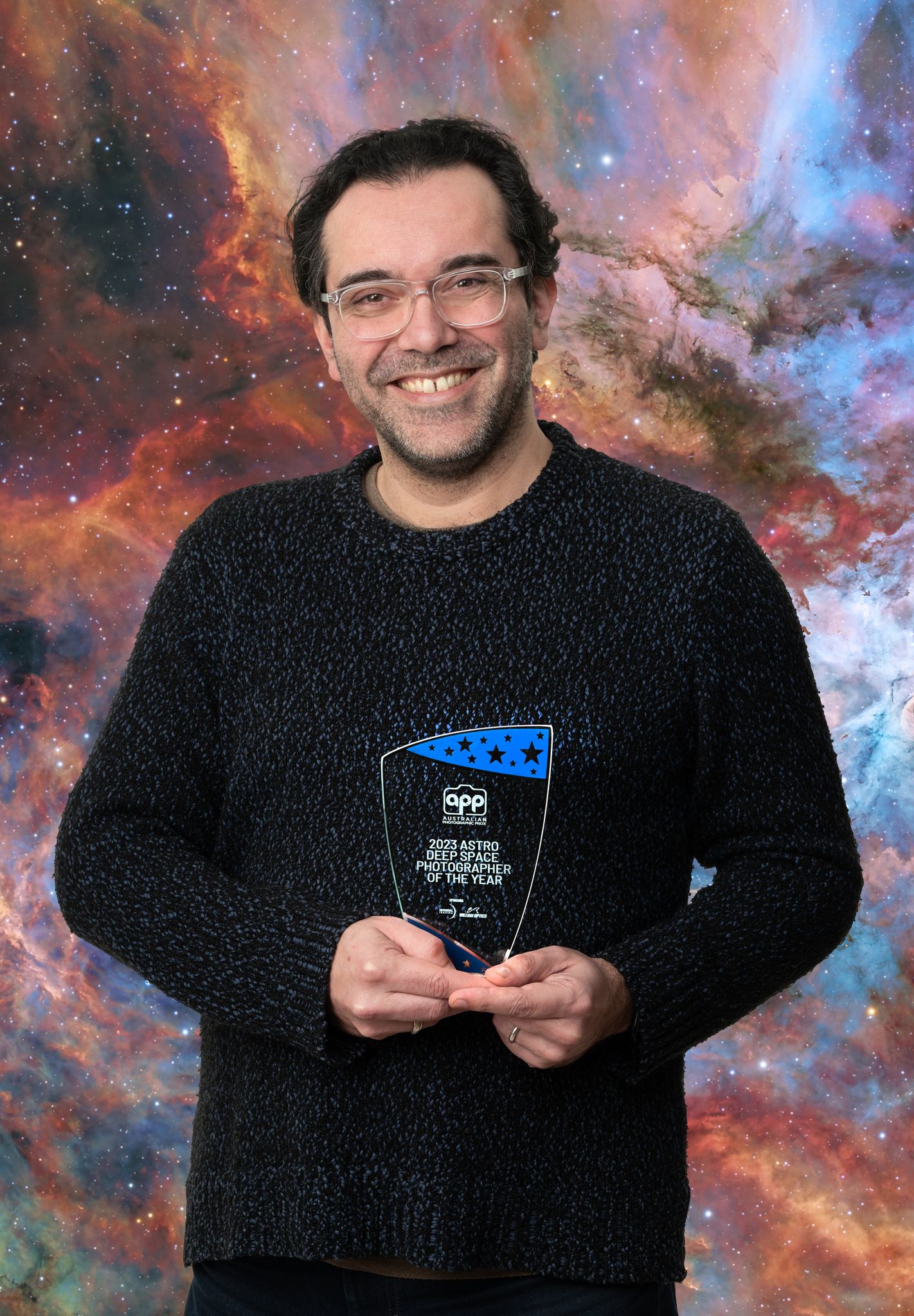
Australian Photographic Prize Deep Space Photographer of the Year 2023 Winner
Astrophotography Equipment
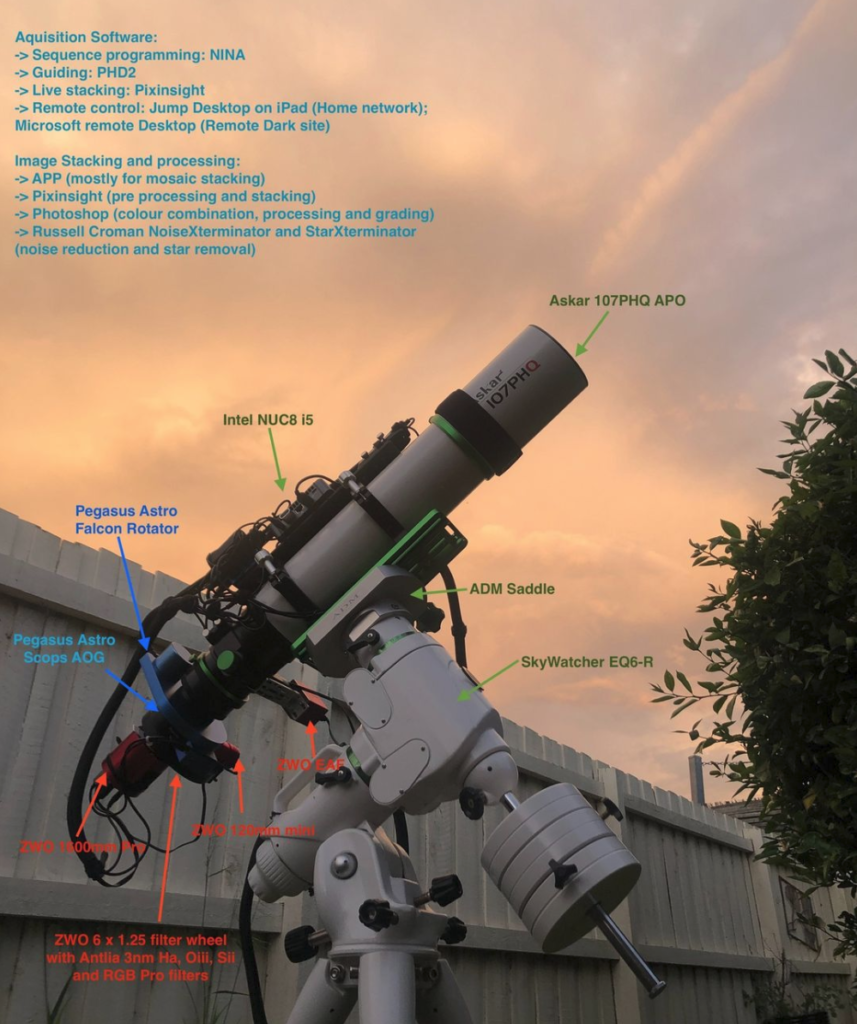
Astrophotography, fundamentally, is about capturing light. Very faint light! This light may have travelled for thousands of years if not millions of years before hitting my camera’s sensor. So I depend on specialised equipment and unique filters to capture these images, images that are often carrying over 20 hours of exposure. Then it takes weeks if not months of dedicated work with scientific imaging tools and software to process each image.
Here is a list of the current equipment I use:
Telescope: Askar 107 PHQ
Imaging Cameras: ZWO ASI 1600 MM Pro
Mounts: Sky-Watcher EQ6-R Pro
Filters: Antlia 3nm Ha, Antlia 3nm Oiii, Antlia 3nm Sii, Antlia Blue Pro · Antlia Green Pro · Antlia Luminance Pro · Antlia Red Pro
Accessories: Intel NUC 8 · Pegasus Astro Falcon Rotator · Pegasus Astro Powerbox Micro · Pegasus Astro Scops OAG · Pegasus Astro USB Hub · ZWO EAF
Software: Adobe Photoshop · Pleiades Astrophoto PixInsight · Russell Croman Astrophotography BlurXTerminator · Russell Croman Astrophotography NoiseXTerminator · Russell Croman Astrophotography StarXTerminator
Time Travel Through Light
A Story Behind Each Image
Every photograph is a journey through time. It connects the past to the present. Moreover, it forges a bond that spans thousands, if not millions, of years. Find below and interesting video from NASA that may be helping you in visualising the speed of light at a solar system scale.
Now lets think on a larger scale. Every single of my photographs are not just a series of snapshots. Each image is like a time machine. Lets Illustrate this with a couple of example. The Tarantula Nebula light started its journey 159,800 light years away. Our ancestors, such as Homo Erectus, were on Earth at that time. While they were mastering fire and stone tools, these age-old photons embarked on an epic voyage. Today, they glow, capturing our species’ history.
Similarly, with this image of The Running Chicken Nebula, or IC2944, the photons started their journey in the fifth millennium BC. At that time, we were recording our thoughts with the earliest writing systems. Thousands of years later, they landed on my camera sensor.
Image Acquisition
The Heart of Astrophotography: Cooled Astronomy Camera
The use of a specialised, temperature-controlled monochrome camera is key. With the camera set to approximately -10 degrees, noise is suppressed, yielding high-definition images. To explain further, a monochrome camera enhances sensitivity, a crucial aspect of astrophotography. A colour camera uses a Bayer matrix, separating incoming photons into red, green, and blue pixels. On the other hand, a monochrome camera equipped with filters captures one type of photon at a time, significantly increasing sensitivity.
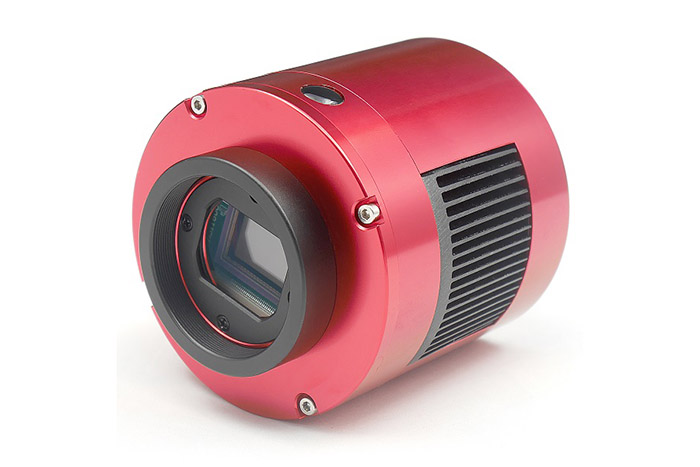
Cooled Monochrome Astronomy CMOS Camera
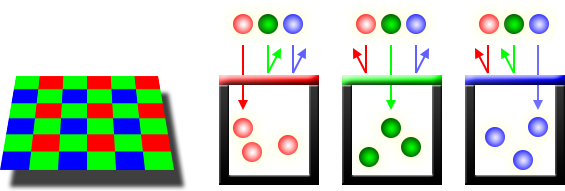
RGB Bayer Matrix
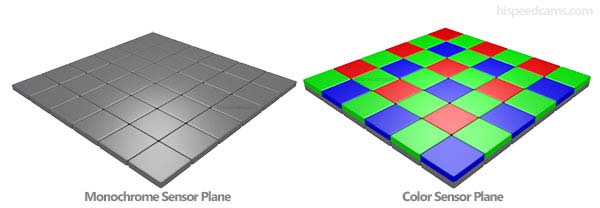
Monochrome Vs Colour Sensor
Filters
Applying narrowband filters specific to a monochrome camera allows for the capture of certain portions of the light spectrum—namely, Hydrogen, Oxygen, and Sulphur emissions. This can be compared to a filter letting through a single musical note in a symphony.
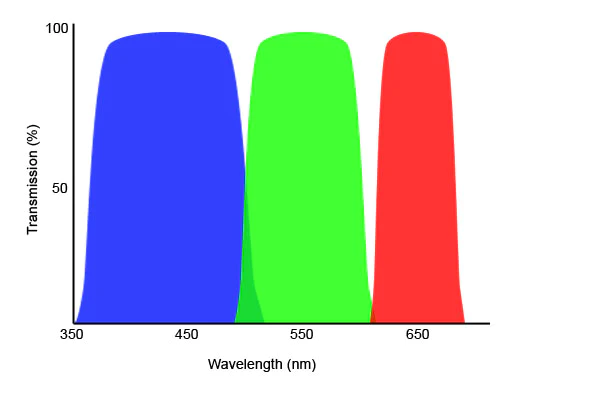
Visual spectrum filters (Luminance and RGB)
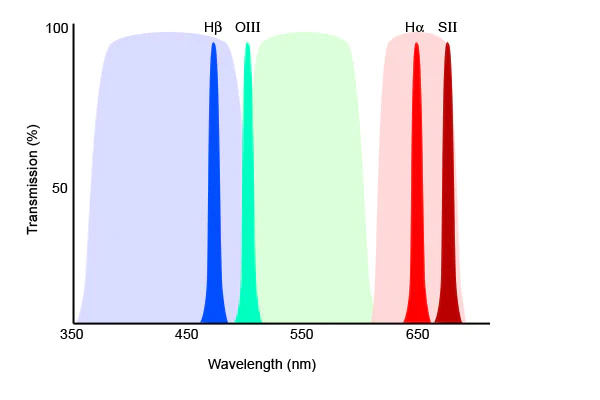
Narrowband Filters (Ha, Oiii and Sii)
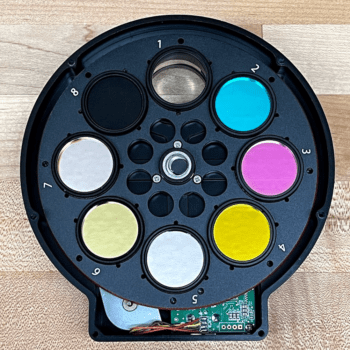
The Inside of a Filter Wheel loaded with both Narrowband and LRGB filters
Tracking mount and guiding
Precision tracking is crucial in astrophotography, demanding an error margin of less than 1 arc second (1/3600th of a degree). This precision results in sharp images and round stars, necessitating a special mount. Furthermore, a guiding system is utilised.
This auxiliary camera observes the sky and uses stars as reference points. Consequently, it instructs the mount to maintain pixel-level accuracy. A computer system manages the entire operation, automating each step for accurate positioning. This allows astrophotographers to revisit the exact celestial position, capturing photons to create layered images of our universe.
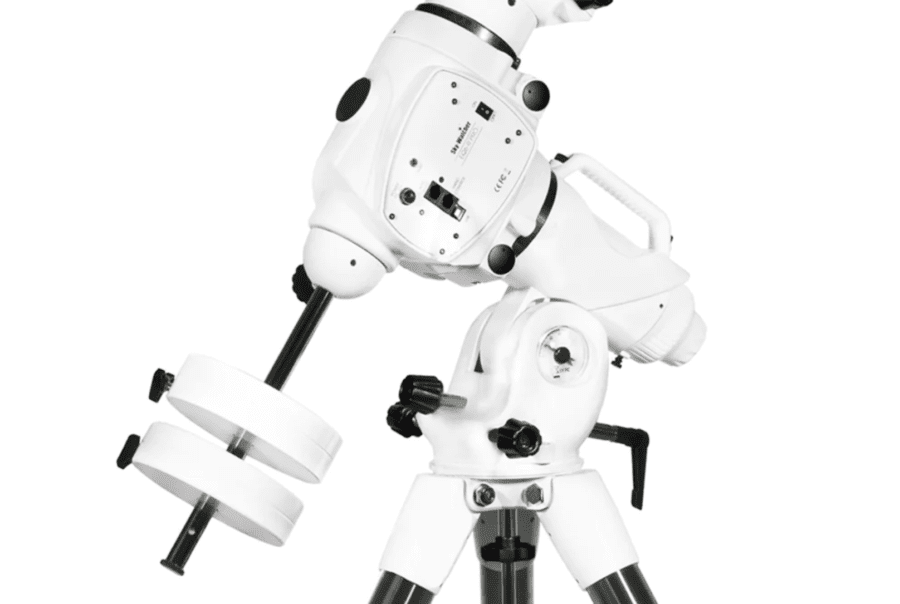
Skywatcher Eq6-R Equatorial Computerised Mount
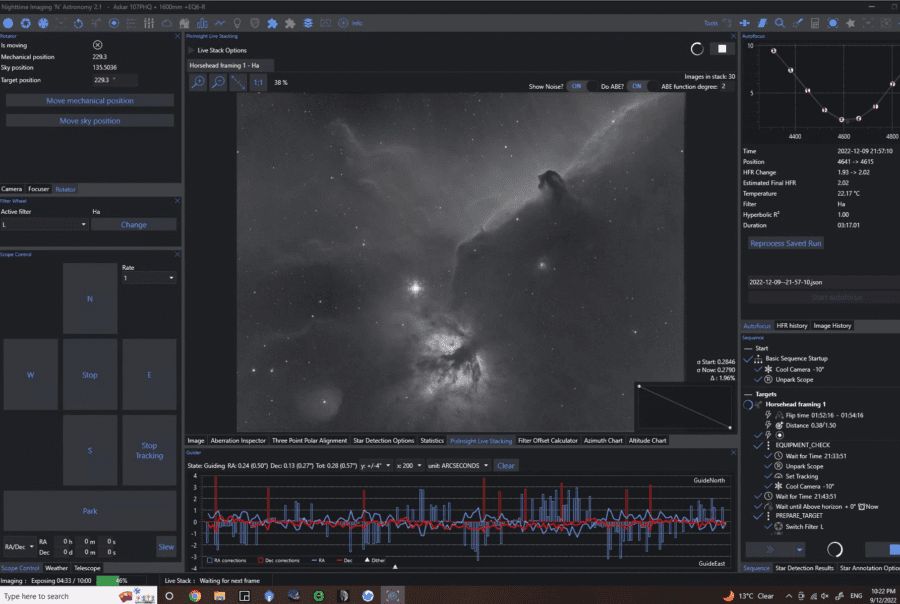
NIGHTTIME IMAGING ‘N’ ASTRONOMY
An astrophotography imaging suite
Image Processing
Image Stacking
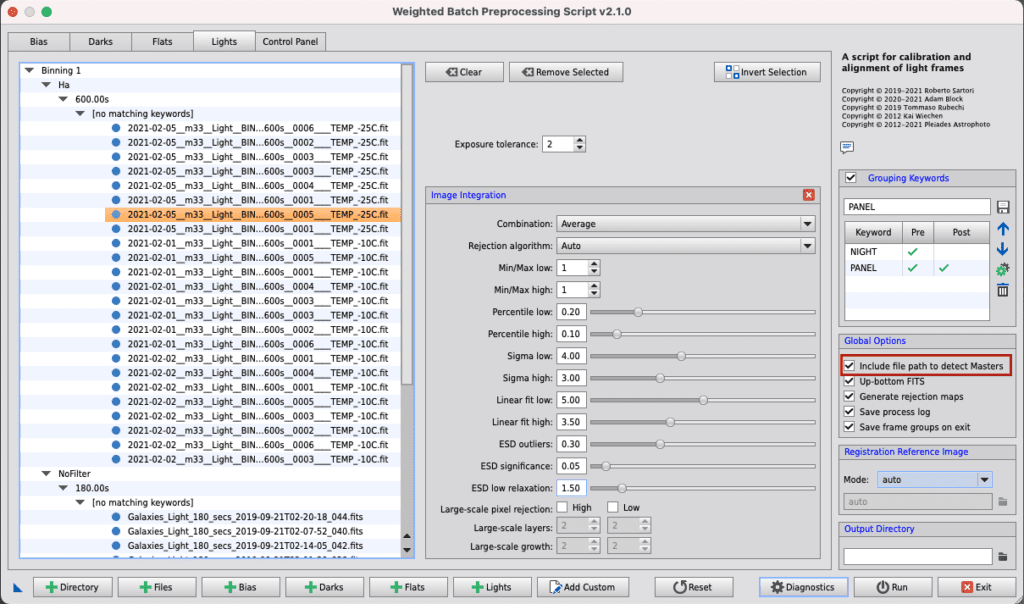 As we explore further, ‘stacking’ comes into focus. This process is key in astrophotography and requires layering hundreds of frames from each filter to create individual images. These frames, often spanning ten minutes each, are meticulously layered to improve the signal-to-noise ratio, thus enhancing the image quality. This step also reveals faint details overlooked in a single exposure.
As we explore further, ‘stacking’ comes into focus. This process is key in astrophotography and requires layering hundreds of frames from each filter to create individual images. These frames, often spanning ten minutes each, are meticulously layered to improve the signal-to-noise ratio, thus enhancing the image quality. This step also reveals faint details overlooked in a single exposure.
Filter Combination and Colour Mapping
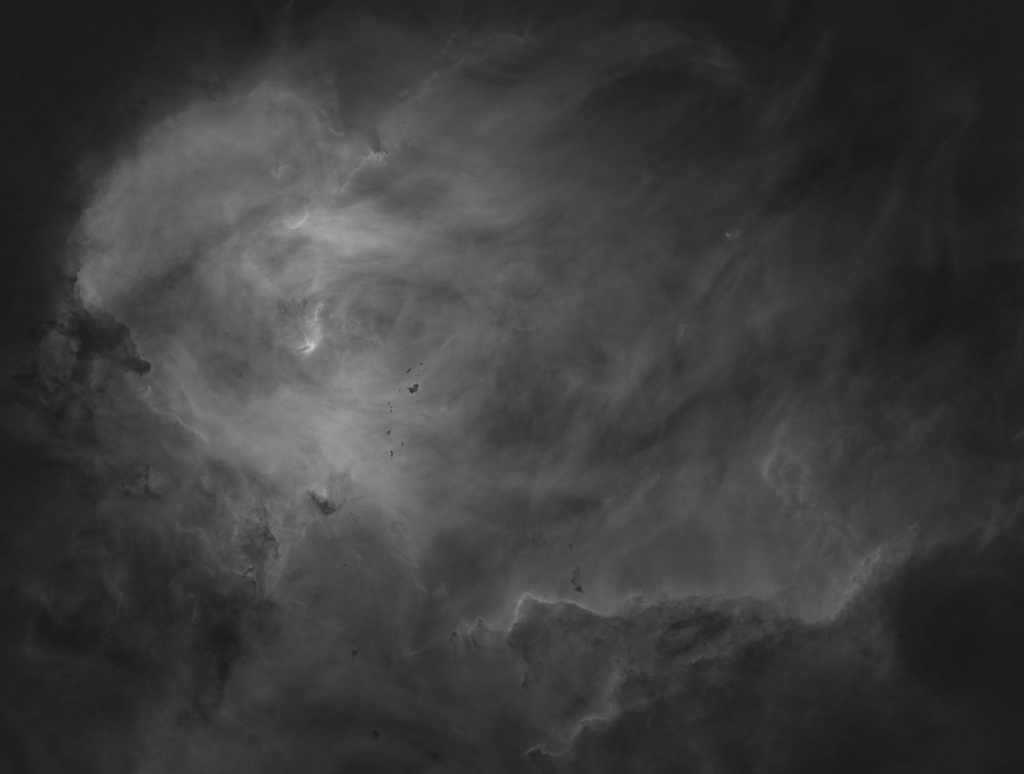
Hydrogen Alpha Emission (Ha)
In stacking, the first image is dedicated to capturing Hydrogen-alpha (Ha) emissions. Hydrogen, the universe’s most abundant gas, emits a unique spectral signature integral to our observations. Capturing these emissions is complex due to the need for long exposure times, often exceeding 20 hours of total exposure time.
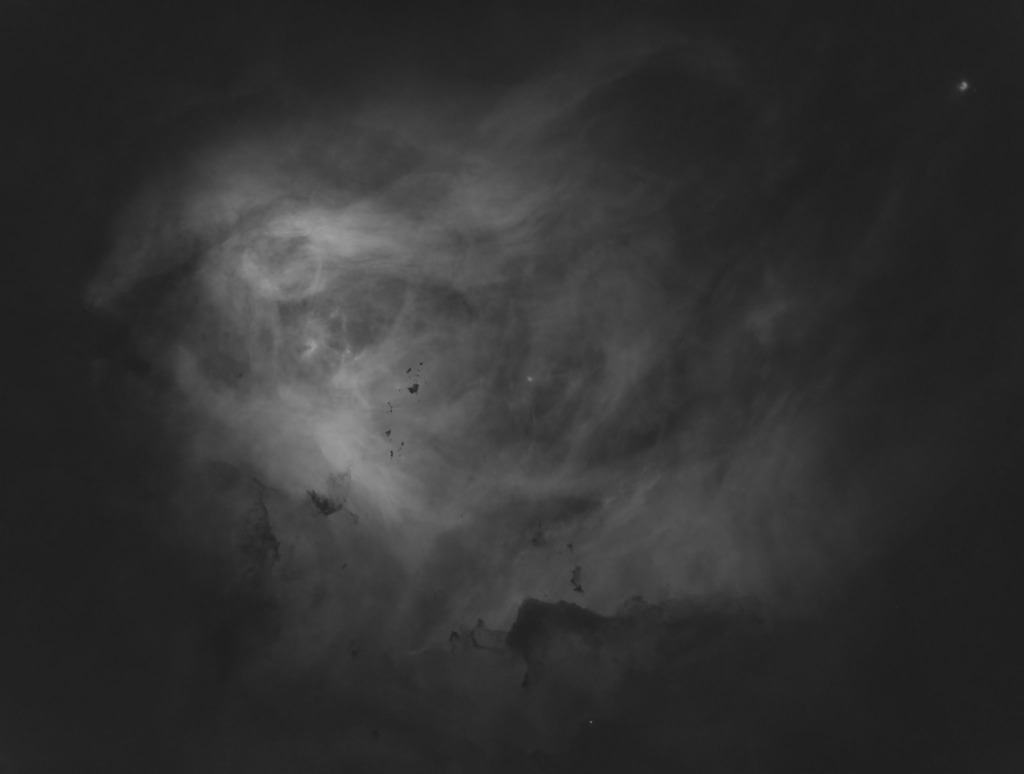
Oxygen III Emission (Oiii)
Moving on to the second image, we shift our focus to Oxygen III (Oiii) emissions. Oxygen is vital for life on Earth, but it’s also notable in the universe. It gives off a unique spectral signature when doubly ionised, known as Oiii emissions. Significantly, these emissions tend to appear in high-energy astronomical zones, such as around young, hot stars or remnants of supernovas.
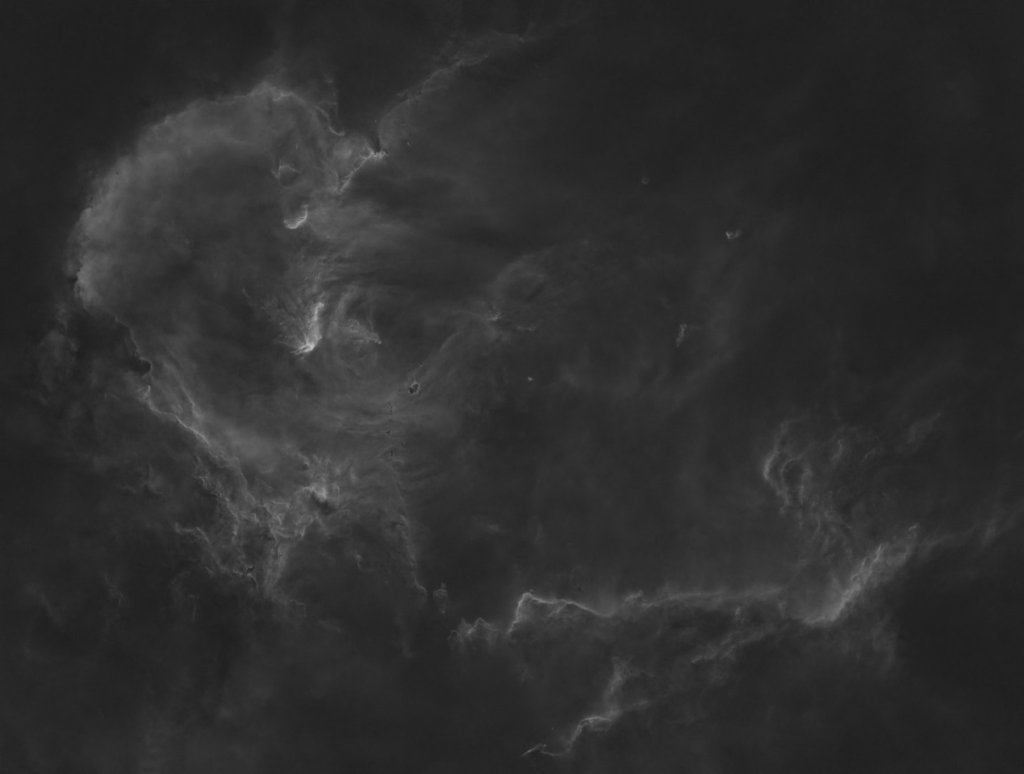
Sulphur II Emission (Sii)
Next, we examine the Sulphur II (Sii) emissions in the third image. It provides another aspect to our spectral dataset. Sulphur, a usual element in the universe, ionises in places with intense ultraviolet light. These are typically nebulae, where new stars take birth. As these ionised sulphur atoms return to their initial state, they emit a particular wavelength of light – the Sii emissions.
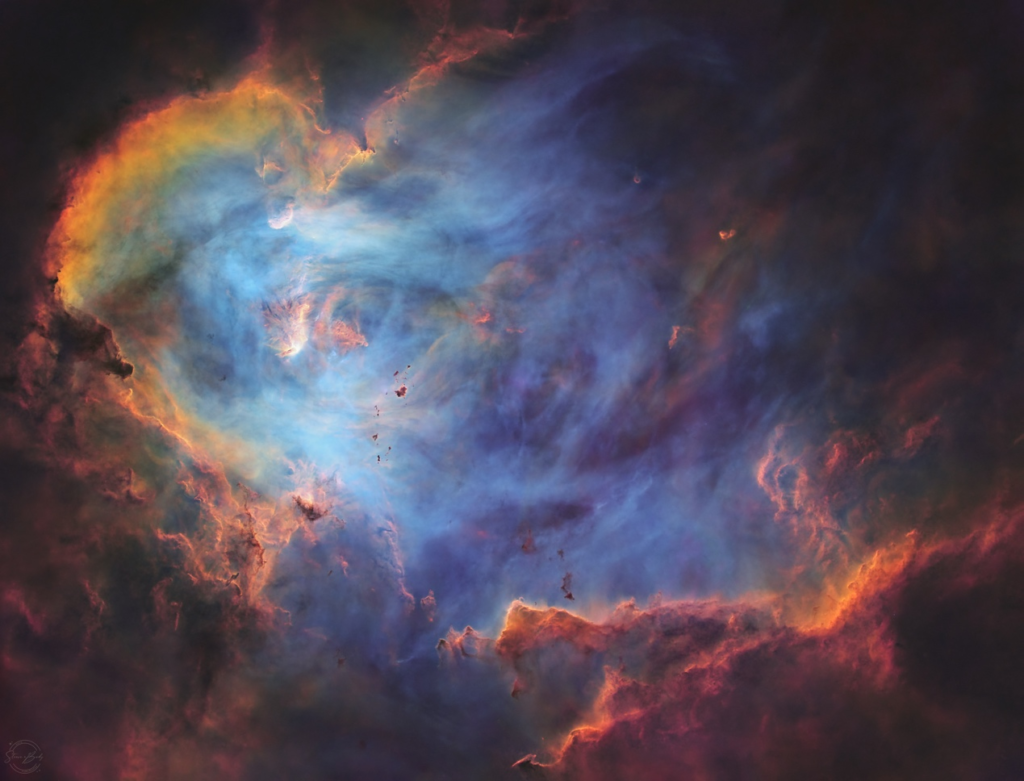
Colour Combination with Sii mapped to Red, Ha mapped to green and Oiii mapped to blue.
Subsequently, with these distinct images in hand, we reach our final stop in the journey – the fourth image. It showcases a colour mix, the SHO or Hubble palette. It’s a popular image processing technique of the Hubble Space Telescope. Sii emissions map to red, Ha to green, and Oiii to blue. This composite image brings forth a vibrant colour palette, encapsulating the interaction between the different gasses in this cosmic landscape.
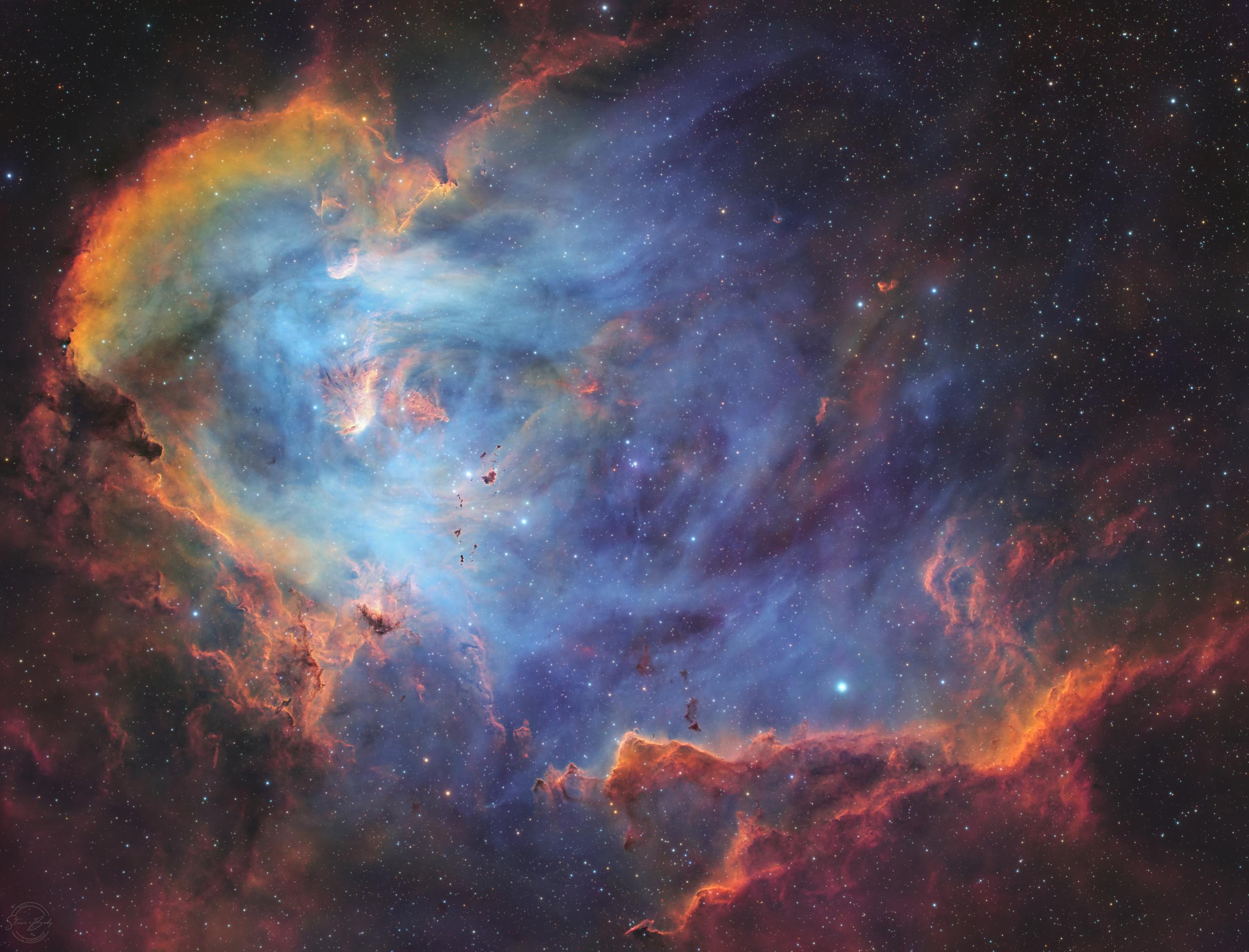
Final image with stars in their natural colours added
Lastly, we introduce RGB stars into our cosmic picture, as shown in the fifth image. These stars, captured with RGB filters, display in their natural colours. They help provide an accurate representation of the celestial scenery. This step marks the end of our image assembly process, showing the detailed and careful nature of astrophotography.
The Future of Astrophotography: 3D Nebulae Conversion and VR Experience
When Art meet Science
Both art and science are powerful means of understanding our world, and my passion for these two domains has inspired me to embark on an ambitious project. I aim to create an immersive, multi-sensory art installation, replicating the awe-inspiring ambiance of a planetarium. The heart of this project lies in the transformation of two-dimensional photographs of space into a scientifically accurate 3D environment. I plan to enrich this visual experience further by integrating custom-designed music and soundscapes. To make this immersive journey even more accessible, I also envision a parallel project that will transpose this experience into Virtual Reality (VR).
The Gaia Telescope: A Revolutionary Step in Understanding Our Galaxy
Launched in 2013 by the European Space Agency (ESA), the Gaia telescope has embarked on an audacious mission: to create the most accurate three-dimensional map of our galaxy, the Milky Way. It achieves this by consistently observing over a billion stars, tracking their positions, distances, movements, and changes in brightness. The data provided by Gaia is instrumental to deepening our understanding of the galaxy’s structure, formation, and evolution. Moreover, its observations also contribute to studies of exoplanets, asteroids, and the testing of fundamental physics.
Mapping the Stars: Using Gaia Data for Stellar Positioning
To date, I have established a method for extracting stars from my images and accurately mapping them in space using the invaluable data from the Gaia telescope. However, my exploration doesn’t stop there; I am currently devising a way to accomplish similar tasks for gaseous emissions.
Journey into the Heart of Nebulae: Advanced Techniques for Cosmic Exploration
My upcoming journey of cosmic exploration will take me into the mesmerizing depths of emission nebulae. Here, I intend to use a host of advanced techniques to create intricate three-dimensional models of these captivating celestial bodies.
Firstly, I plan to utilise Radio Interferometry, a method that forms high-resolution maps by observing time lags between signals reaching different telescopes. This method will help reveal the distribution of molecules and dust within nebulae. Following this, I will delve into Spectral Line Analysis to estimate the velocities of nebulae components by examining the Doppler shift of spectral lines. This technique will provide a unique opportunity to develop dynamic 3D models of these cosmic wonders.
Additionally, I intend to investigate Polarimetric Imaging, a process that can hint at the nebulae’s magnetic field structure through polarised light. Last but not least, I plan to employ Hydrodynamic Simulations. By using these simulations that obey the laws governing gases, radiation, gravity, and magnetic fields, I hope to gain powerful insights and refine my 3D models further.
This journey represents not just an expedition into the cosmos, but a venture into the frontiers of astrophysical research and understanding. Don’t forget to follow the progress on updates in the news section!
The Southern Tadpoles with accurate 3D Star mapping
The Cat Paw Nebula with accurate 3D Star mapping
The Helix Nebula with accurate 3D Star mapping


